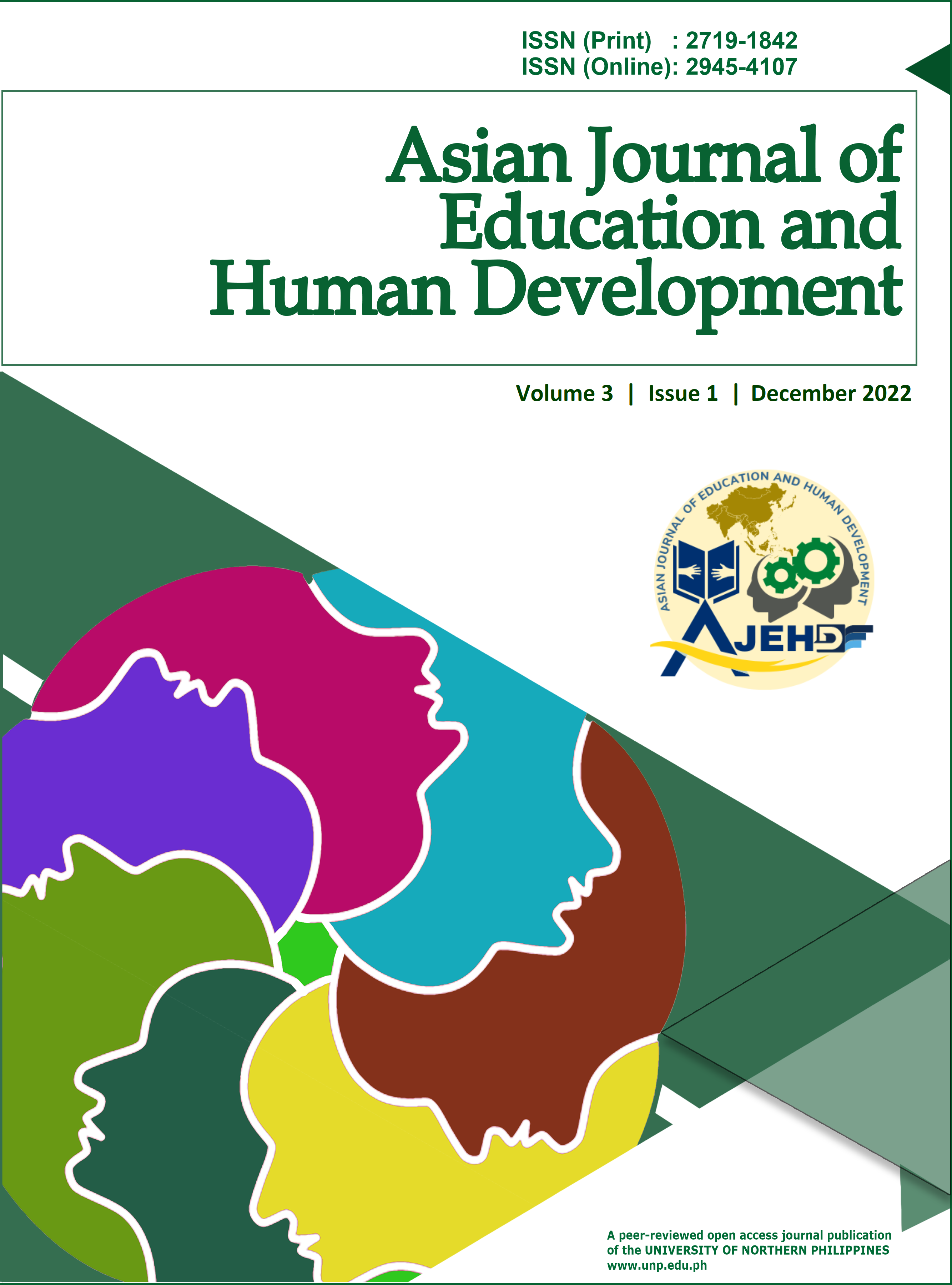Risk Assessment on Visual Acuity among Elementary Pupils in the Heritage City of Vigan
DOI:
https://doi.org/10.69566/ajehd.v3i1.43Keywords:
visual screening, academic performance, school children, quality of vision, PhilippinesAbstract
Children's vision is linked with the Global Goals for Sustainable Development. The Comprehensive School Eye Health Program's mandate is to prevent, detect, and treat eye disorders in children to realize their rights and enhance their growth and development. The study examined the association between visual acuity and personal factors and the academic performance of 491 pupils of three elementary schools in Vigan City. It used the descriptive correlational research. Data were collected through observation, questionnaire- checklist, and records review and treated by Frequency count, percentage, and simple linear correlation analysis. Findings showed that the majority of the respondents belong to age 10 and 11, male, grade VI, without a family history of vision problems, grandmother commonly suffer vision problem, preferred fruits and vegetables, had 8-10 hours’ sleep, television, and cellphone exposure of 0-1 hour daily, and sits while reading. Most respondents have an average visual acuity of 20/20 – 20/25, based on a self-reported result of the Vision Development Quality of Life checklist. The study yielded a significant relationship between quality of Vision (COQV) and a family history of eye problems. Likewise, a significant relationship existed between visual acuity (Snellen's Chart measurement) on both eyes and gadgets used.
Downloads
Downloads
Published
Issue
Section
License
Copyright (c) 2023 The Asian Journal of Education and Human Development (AJEHD)

This work is licensed under a Creative Commons Attribution-NonCommercial-ShareAlike 4.0 International License.





